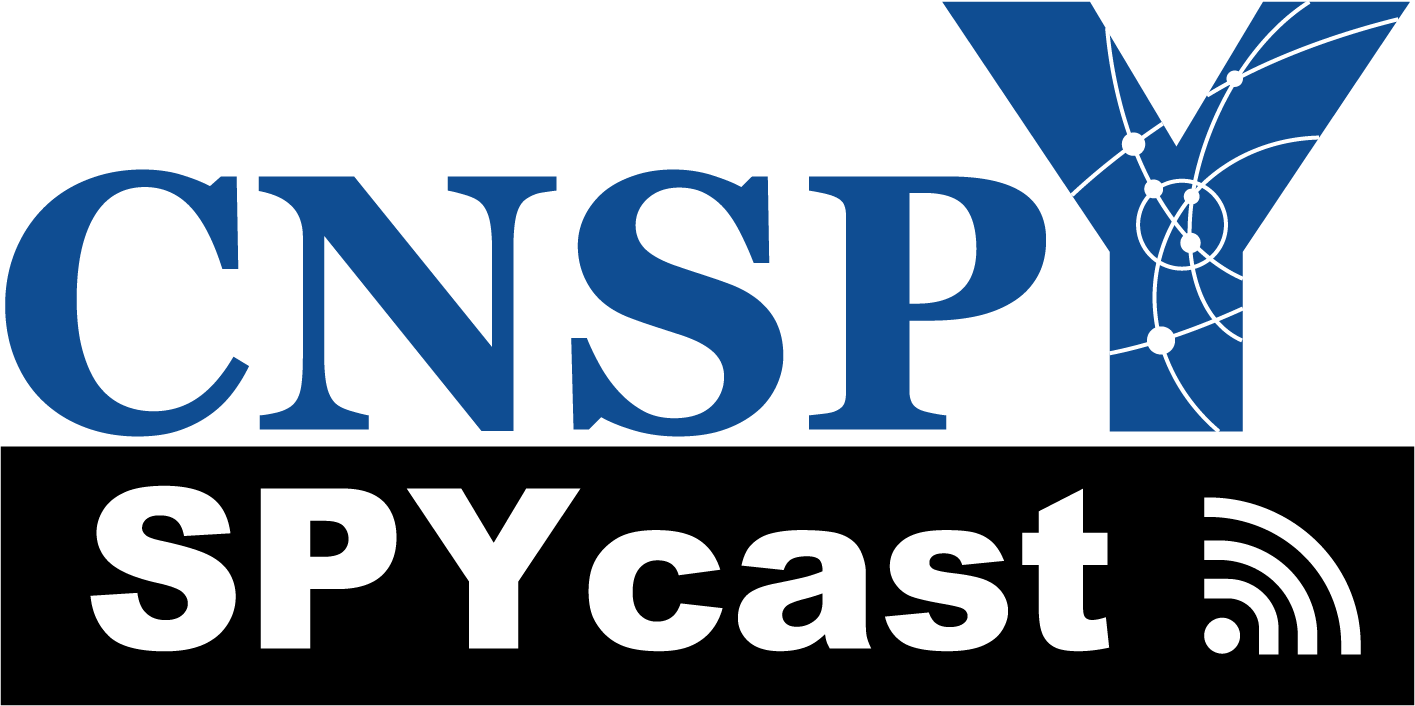Over the past few weeks our Summer Series on Good Writing brought to us by guest blogger, Dianna Bartel, has highlighted several basic principles of clear writing. Of course, this has only touched the surface of effective scientific writing and general writing principles. Thus, Dianna leaves us with reviews of the writing resources that she frequently consulted while writing these posts.
Scientific Writing and Communication: Papers, Proposals, and Presentations (Second Edition, 2013)
Angelika Hofmann
Angelika Hofmann is a distinguished authority on scientific communications at Yale. As the Deputy Director at the Office of Development, she puts effective communication into practice to lead fundraising efforts for Science and International Initiatives. In this comprehensive volume, Hofmann details all levels of professional scientific writing – from grant proposals, research statements, and résumés to preparing academic presentations and posters.
The book is very well organized and easy to scan for useful tips. There are abundant examples and self-help exercises related to many scientific writing contexts with special emphasis on the needs of non-native speakers in various sections. This book is my primary reference for scientific communication… that is, when I can find it, as it often finds its way onto my colleagues’ desks, too!
The Elements of Style (Fourth Edition, 1999)
Strunk and White
Written in 1918 by William Strunk, this little book was revised in the 1950s by his former pupil, EB White – the one and the same EB White of Charlotte’s Web and Stuart Little – hence the custom of calling it “Strunk and White.” This slim 100-page volume is a wonderfully succinct guide on style choices. Although the main text makes bold statements that sound like rules, there are few hard-and-fast rules of grammar here. Rather, this is one point of view on writing choices such as omitting needless words, using concrete language, and placing emphatic words at the end of a sentence (any of this sound familiar??). There is also a useful chapter on misused words and expressions, which is a great reference to quickly check the use of words like farther and further or that and which. This remains a classic reference and is definitely worth consulting.
The Sense of Style: The Thinking Person’s Guide to Writing in the 21st Century (2014)
Steven Pinker
http://www.amazon.com/The-Sense-Style-Thinking-Persons/dp/0670025852
Steven Pinker is an experimental psychologist, cognitive scientist, linguist, and popular science writer at Harvard University. He draws on research and his deep knowledge of linguistics to give his writing principles a scientific basis. This is a style manual, so rather than giving a list of rules, he provides advice on word choice, punctuation, sentence construction, relationships between sentences, and function of paragraph breaks.
The best advice in this book is contained in the first three chapters where Pinker stresses that reading what we write should be easy and painless. In discussing the ‘how’ and ‘why’ of writing clearly, he provides entertaining examples of exceptional and horrible writing, cartoons, and other anecdotes. He also demonstrates how to take apart a piece of good writing – from best selling literature to obituaries – to see what makes it tick.
The middle of the book is a dense guide on syntax and creating textual coherence. Though this part of the book gets bogged down in technical details, it is full of good advice. For example, Pinker uses syntax tree diagrams to illustrate both the cause of and solution to problems like misplaced modifiers (e.g., She’s the mother of an infant daughter who works 12 hours a day).
Though it does not lend itself to easy skimming for topics of interest, the book is full of valuable information – if nothing else, treat yourself to the first three chapters.
Grammar Girl (blog)
Mignon Fogarty
http://www.quickanddirtytips.com/grammar-girl
Grammar Girl provides short, friendly tips to improve writing. Covering the grammar rules and word choice guidelines that can confound even the best writers, Grammar Girl gives clear explanations of complex grammar questions with helpful examples and memory tricks to help recall and apply the rules. Grammar Girl excels at mnemonics: such as a very easy noun to remember that affect is a verb and effect is a noun (AVEN x2). But even if these memory tricks don’t appeal to you, useful and often entertaining explanations accompany the topic at hand.
Whitesides’ Group: Writing a Paper
George M. Whitesides
[Advanced Materials, 2004,16,15:1375–1377] DOI: 10.1002/adma.200400767
Don’t have time to delve into books on scientific and research writing? Then this is the resource for you – a 3-page paper on writing a scientific paper. George Whitesides is the author of more than 950 scientific articles and has one of the highest h-indexes of all living chemists. Clearly this successful Harvard chemist knows a thing or two about effective scientific writing.
The manuscript details the “outline method” of writing research papers. Whitesides suggests that an outline should present the key data and general organization of the paper. He also advises that outlines should be developed with our advisor. Furthermore, writing should begin only when the outline is finalized rather than first writing a draft of the entire paper (which can yield significant revisions from co-authors and advisors).
This brief manuscript is replete with sound advice. For instance, a key point at the outset is that “a good outline for the paper is also a good plan for the research program.” In other words, it is never too early to start writing; a paper is not simply an archive of completed research but is also a structure for planning research in progress. The final column of the paper even has a several general points on writing style. These three pages are definitely worth perusing.
Collectively, these resources will help you quickly improve your writing style, yielding great benefits in the long run, both inside and outside of academia. Many of these tips are summarized in this Summer Series on Good and Effective Writing, but we encourage you to further investigate how you can improve your writing skills, as effective writing will serve you well in any career path you ultimately choose!
Finally, we at CNSPY would like to extend a huge “Thank You!” to our guest blogger, Dianna Bartel, for providing her insights over the past few months in this Summer Blog Series.
** Let us know about any other scientific writing resources that you have found helpful! **
Share your thoughts below by clicking the “Leave a Reply” link or by clicking the chat bubble in the top right of the post.






August 19, 2015 at 2:43 pm
Hopefully with your advice and resources, I will be able to move away from my standard way of writing (which was clearly summarized in this paper: http://www.ncbi.nlm.nih.gov/pmc/articles/PMC1311997/?page=1 )
I will miss reading your new posts, but I will keep the ones you wrote as a constant source of guidance and inspiration.
Thanks Dianna!
August 19, 2015 at 4:20 pm
Thanks for your support and comments, Diego! And thanks for sharing another example on writing – it is classic!!
September 30, 2015 at 12:19 pm
Another great blog! I am going to share these with my students. I will print out Diego’s link, too, for some laughs!
February 17, 2023 at 2:43 am
He emphasizes that industry is looking for problem solvers and whether you have prior industrial experience won’t affect your standing as long as you can prove with examples that you can and have solved problems before!
https://www.mywatchesuk.com/
September 4, 2023 at 9:11 pm
La storia della rolex submariner replica comincia a Londra nel 1905 per mano del venticinquenne tedesco Hans Wilsdorf e del fratellastro Alfred Devis.La neonata azienda, venne fondata col nome Wilsdorf & Davis, e solo in un secondo momento prese il nome di Rolex Watch Company.
November 10, 2023 at 2:57 am
La storia del marchio che è diventato uno status symbol è principalmente legata al suo fondatore ufficiale, il tedesco Hans Wilsdorf, iwc replica che decise di creare “Wilsdorf & Davis” a Londra nel 1905 all’età di 24 anni. Avviare la propria attività specializzandosi nella produzione di altoparlanti . Distribuzione commerciale di orologi e orologi.
November 12, 2023 at 9:58 pm
The surfaces of the pinions and wheels are completely flat and highly polished to within exceptionally uniform tolerances. All finishing work on the main plate and bridges, luxury replica watches are by hand to achieve the highest possible levels of surface finish. The screws and all steel parts are finished and polished by hand. The titanium case is made by the workshop that Voutilainen helped establish